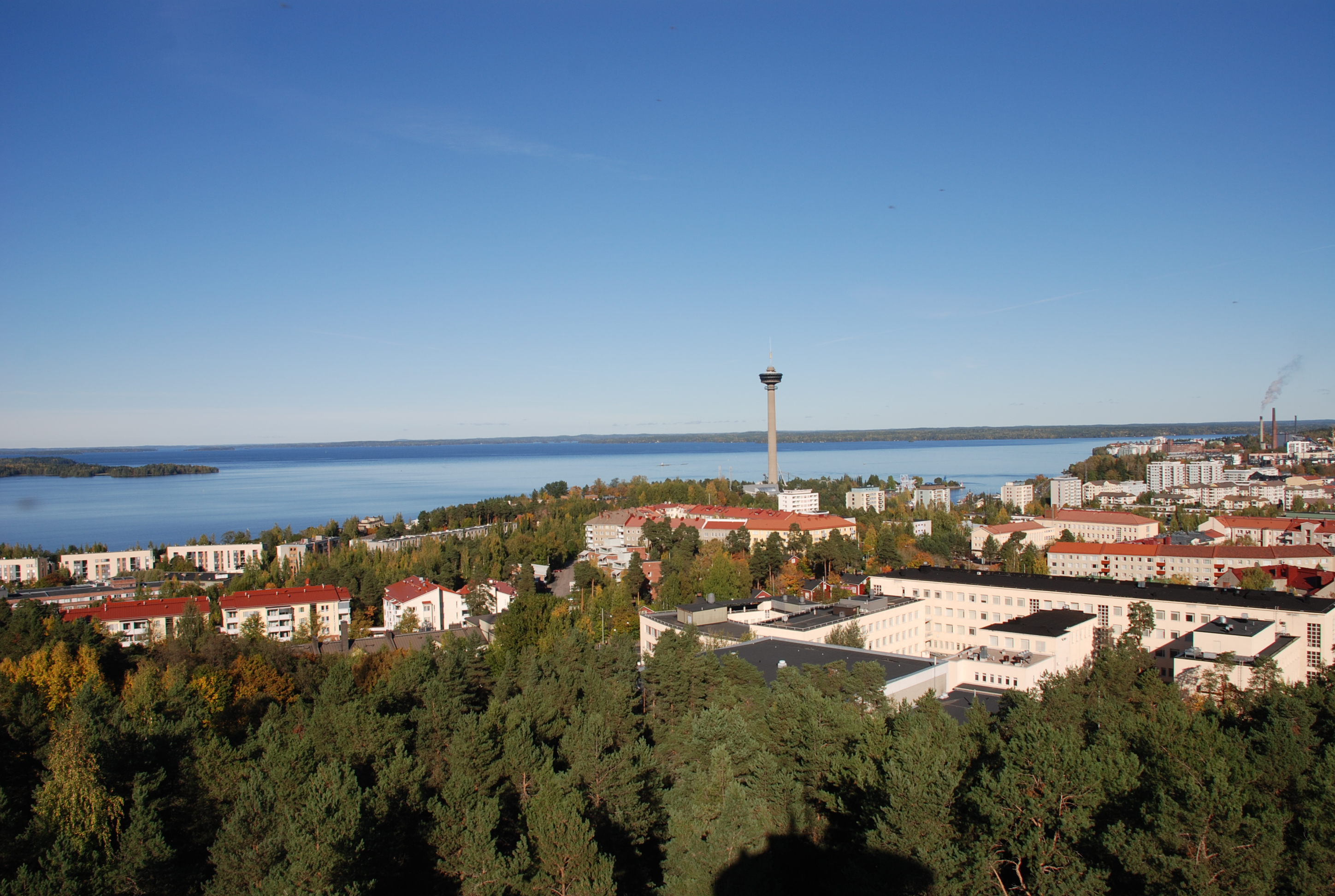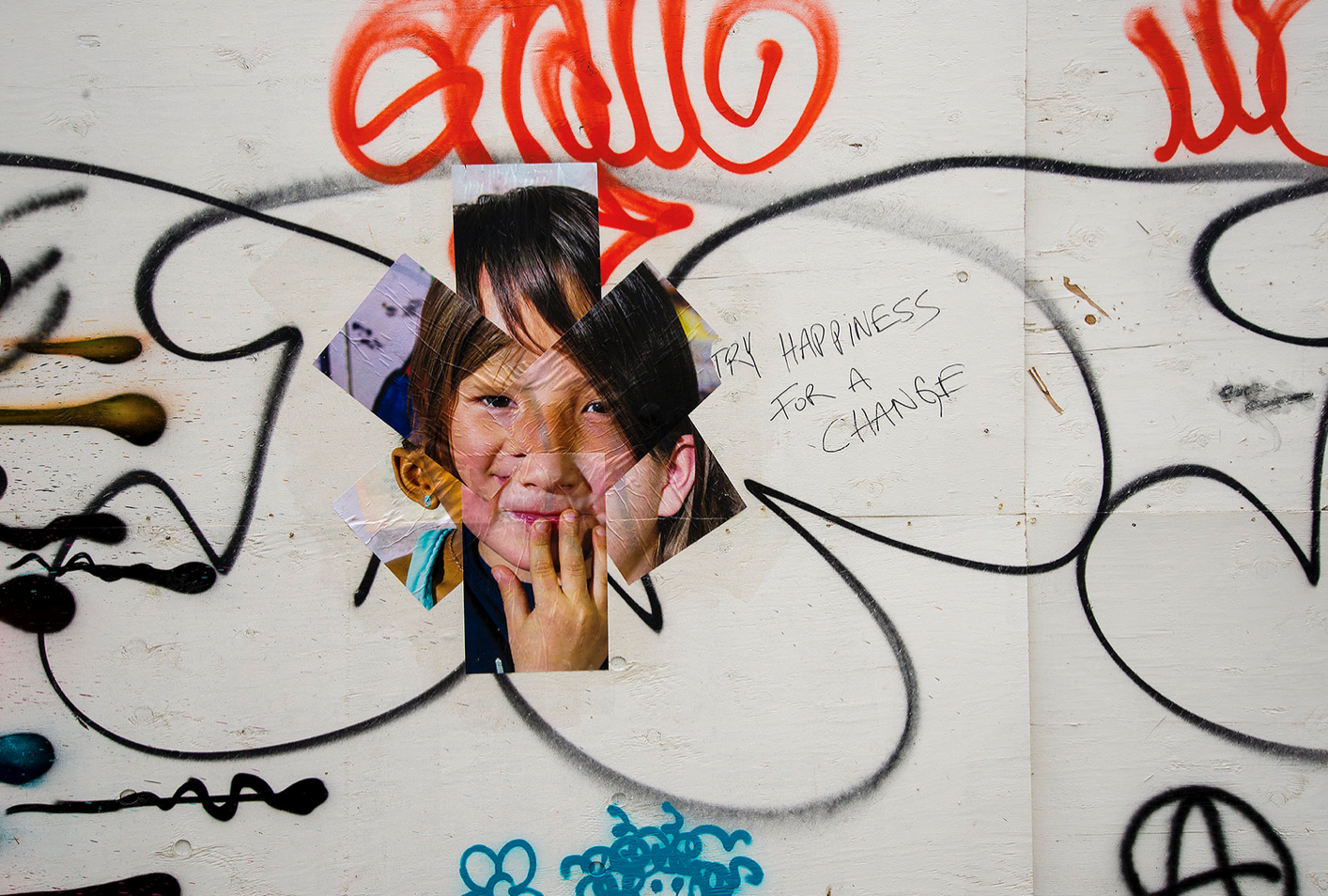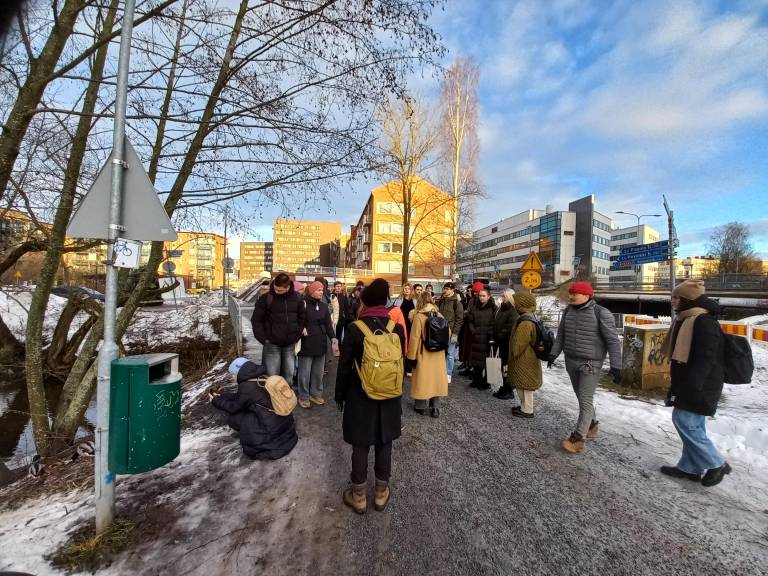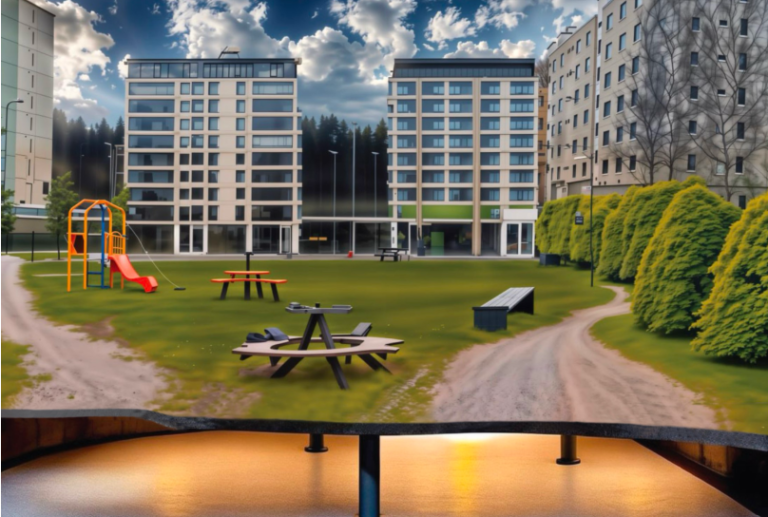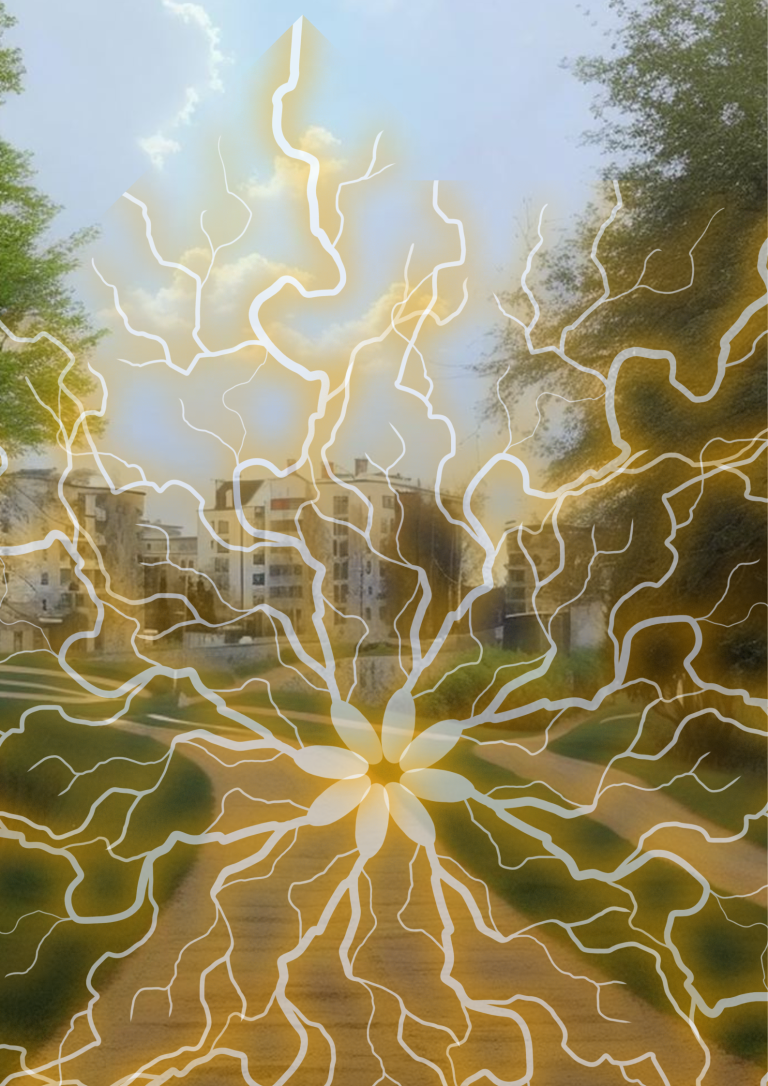We did a project touching on this subject for our Urban lab course in the University of Tampere. It is about implementing a communal backyard to the Hiedanranta area on the western coast of Näsijärvi. There were four main themes picked from our research that were the basis for our presentations, visualizations and reasoning behind our ideas: 1. open and creative play, 2. connection to nature, 3. risk-taking and challenges and 4. community. The backyard, Takapiha, would offer so much for a child, but I think we missed one thing in our arguments. It might be a bit ideological but still it definitely lies in the heart of Takapiha: offering tools for children to reach their full potential as the next generation.
At this point, it might be appropriate to mention that I am no psychologist. I am a civil engineering student with a niece and a nephew. Most of what I know about the psyche of a child is from high school books. The rest I have learned with this project and just watching, discussing with and listening to the children around me. Something I always remember to appreciate, when interacting with a kid, is the worldview of them. How easy it is to become interested in something, to be enthusiastic about the forthcoming, to say what is on their mind, to express emotions and to just sit and wonder. To have that child-like confidence and eagerness to change the world. How can all this be preserved?
As depressing as it might sound, the world is a harsh place and people adjust as they grow. In an urban setting and in the field of urban development, we need people who are brave, who are ready to seize an opportunity and who know their limits and potential and thus can trust themselves. We need people who are creative, who are not afraid of choosing their path and can support others in their own chosen paths. I know Takapiha, or spaces similar to it, are not the solution, but there definitely is more benefit than harm.
I see that spaces like this, that offer dialogue with others, tools for creativity, a safe place to express oneself, challenges that a child can impose on themself and living nature, will contribute positively in the psychological growth of a child. A child will learn important communication skills, will allow their mind to think outside of the box, will see the limits of their own potential and connect with the surrounding environment. If a child can sense from a young age that they can have an effect on their surroundings and that they can belong to somewhere, that feeling and memory can and will stay, and the child will try to achieve these positive feelings in the future as well.
From a young age, we learn a set of rules to follow: the law, the norms, the behavioral concepts… – the list goes on. A four-year-old knows that you can’t draw on the walls. A five-year-old knows that girls have long hair and boys short. A six-year-old knows that with a fiver you can get candy from the store. I think, with my ideological have-it-all-Gen-Z-brain, that Takapiha is offering to change that. It took me almost 20 years to get that I can dress how I like, talk how I like and paint my walls how I like. Where is a kid now who learned all that when they were five?
Takapiha is a place where one can draw on the walls and anybody can have long hair. There the flow of doing, making, creating and expressing is not broken with a set of unnecessary rules (hox I am not saying that a rule on not drawing on the walls at home is unnecessary). The kids at Takapiha can make a change to their surroundings, for themselves and others. And not only kids, but adults can come and for a second, free their forgotten inner child and see the world in new colors with the eyes of a child.
Fanni Vesa
This text has been written as part of a series of blogs by the SUD students, where they reflect on their experiences working together – and with people outside of the university – to develop their ideas for the Urban Lab. Click here to view the posters made by SUD students in Urban Lab 1.

